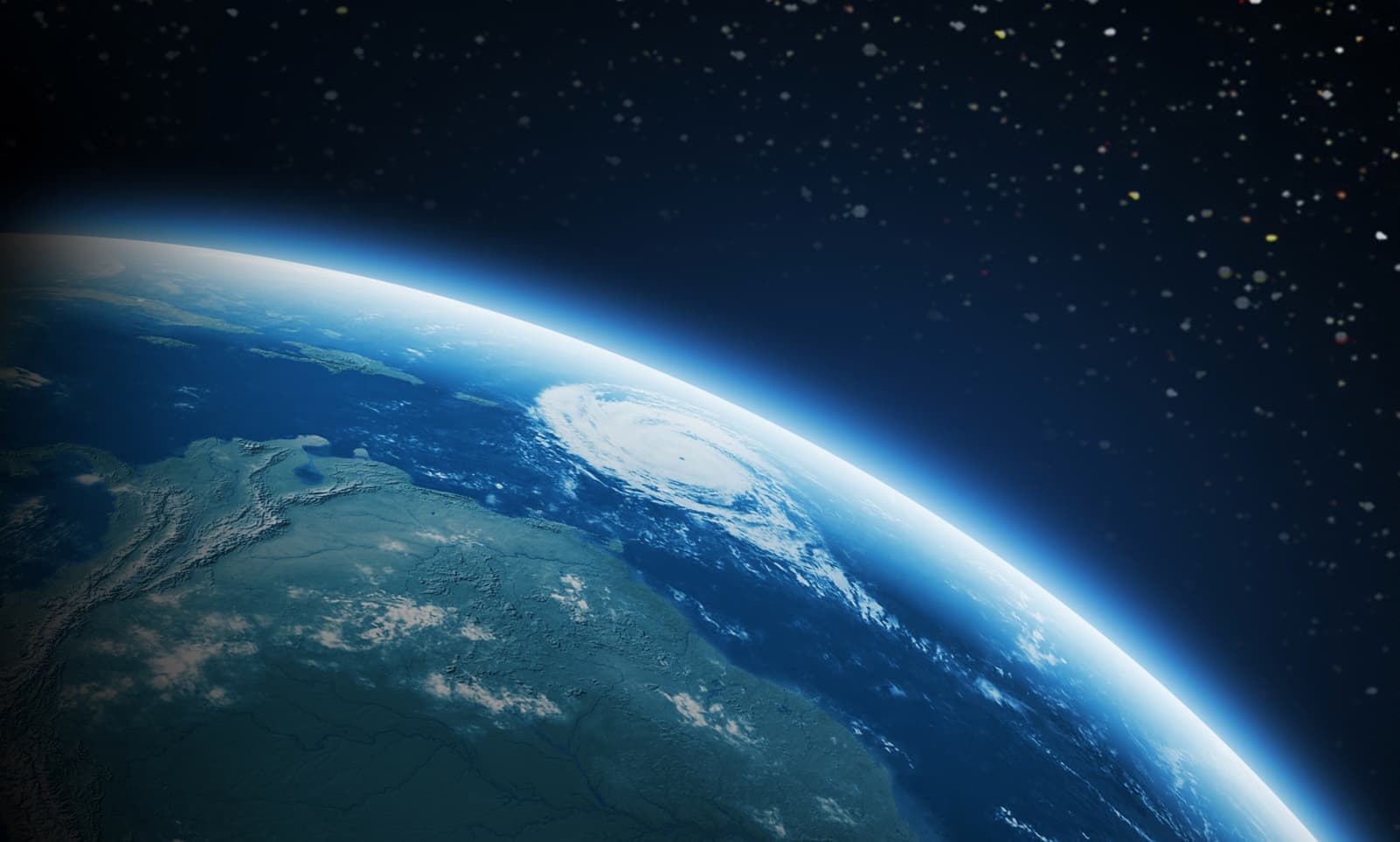For anyone mildly interested in exoplanets, you are familiar with the term ‘Goldilocks Zone’. This is the region of space around a star where conditions are ‘just right’ for liquid water to exist on the surface of a planet. Liquid water is necessary for our type of live to evolve. Everywhere on Earth where we find water – underneath ancient arctic ice, at the bottom of the oceans, and even in the clouds – we find thriving life. This gives us a way to predict the habitability of planets or moons we find. If we see evidence of liquid water, the planet or moon becomes more exciting for it too may harbor life.
Fortunately, when you have a theory centered around liquid water, you can give some parameters to help filter out planets that are potentially habitable and planets that aren’t. We know how much energy the different types of stars produce, we also know how much energy and pressure it takes for water to be a liquid. After a little bit of math, astronomers determined the Goldilocks zone to be between 0.95 AU and 1.67 AU (an AU is an Astronomical Unit, which is the average distance between the Earth and the Sun). Naturally, Earth falls neatly within this range at an orbit of 1 AU.
This definition of the habitable zone was defined about 20 years ago, a few years before any exoplanets had been found. Now that scientists have confirmed the existence of nearly 1000 exoplanets and have more than 3000 planetary candidates. After finding these planets, as I’m sure you can guess, scientists used all sorts of instruments to study them. Now that we have some new information to work with, astronomers have redefined the Goldilocks zone in the hopes of making it more accurate.
The redefinition is primarily based on updated atmospheric databases called HITRAN (high-resolution transmission molecular absorption) and HITEMP (high-temperature spectroscopic absorption parameters). Together, these databases more accurately define absorption parameters of water and carbon dioxide. Obviously, this has an influence on the capacity for a planet to support liquid water on its surface.
The new definition is a little narrower than the old one, both shortening the inner edge and slightly expanding the outer edge of the zone. This should radically affect the number of planets considered to be ‘habitable’ as well as letting a few others squeak through the door.
So, what is the new Goldilocks Zone? It now exists between 0.99 AU and 1.7 AU – which, surprisingly, places Earth right on the inner edge of habitability. Please remember, don’t sneeze too hard. You might push us right over the edge. I’m pretty sure everyone agrees when I say that would be a bad thing.
Share This Article
